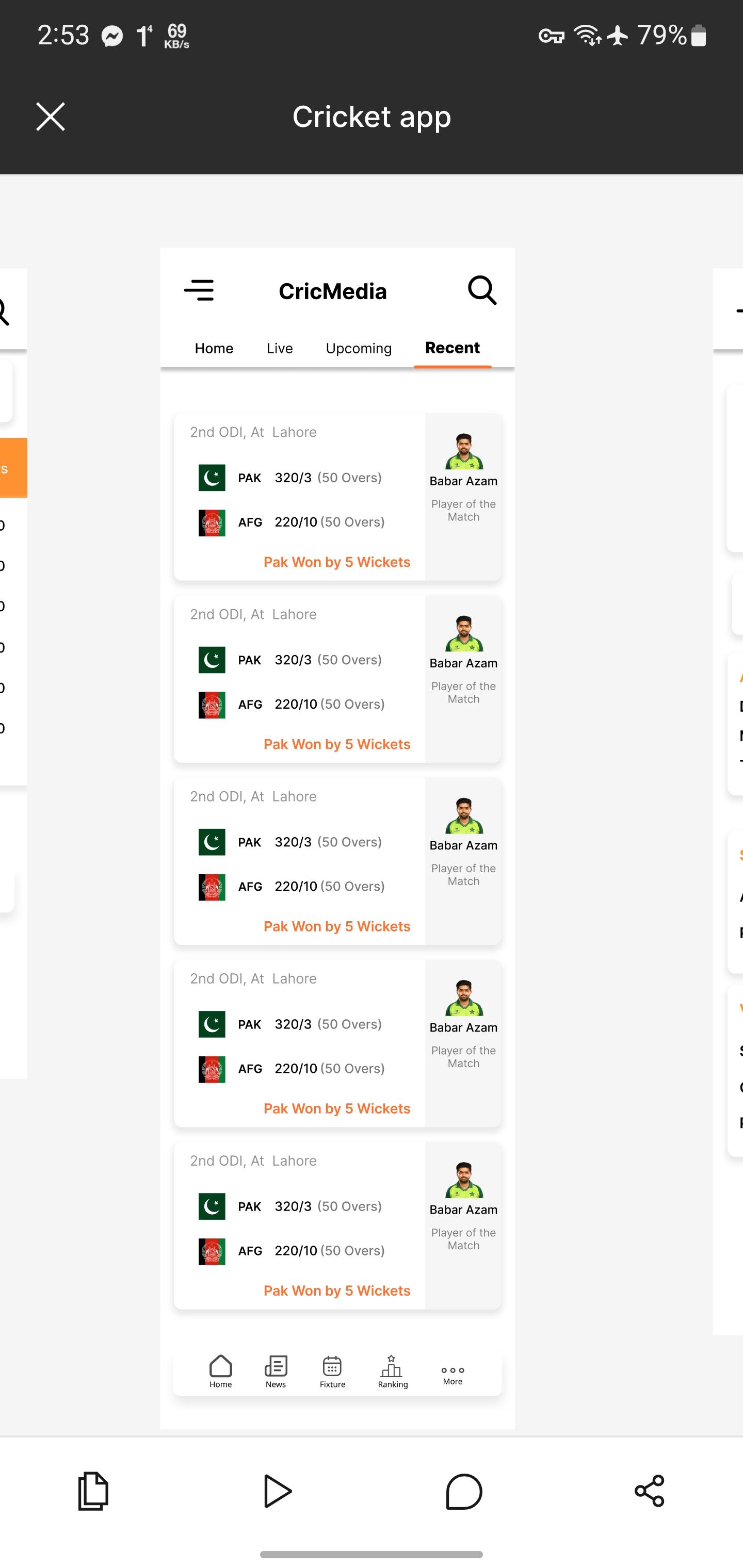
afghan media
Screenshot
Description
Content
This app for cricket score
cricket news and scoreer
What's New in the Latest Version 1.4
Last updated on Jul 7, 2024
Minor bug fixes and improvements. Install or update to the newest version to check it out!
Afghan Media: A Comprehensive OverviewIntroduction
Afghan Media is a highly dynamic and complex landscape that has undergone significant transformations over the past few decades. From its early beginnings under the strict control of the Taliban regime to the flourishing media scene that emerged after the US-led invasion in 2001, the Afghan media has witnessed both progress and challenges. This summary provides a comprehensive overview of the Afghan media, covering its history, structure, legal framework, challenges, and future prospects.
History
The history of Afghan media can be traced back to the late 19th century with the establishment of the first newspaper, Siraj al-Akhbar, in 1873. However, it was during the 20th century that the media landscape began to take shape, with the emergence of radio and television broadcasting. Under the Taliban regime, which ruled Afghanistan from 1996 to 2001, the media was severely restricted, with strict censorship and suppression of independent voices.
Structure
The Afghan media landscape is diverse, comprising a wide range of outlets, including newspapers, magazines, radio stations, television channels, and online platforms. The print media is dominated by a few major newspapers, such as Pajhwok Afghan News, Kabul Times, and Hasht-e Subh. The broadcast media is largely controlled by state-owned entities, such as Radio Television Afghanistan (RTA) and Afghan National Television (ANTV), although there are also a number of private and international broadcasters. The online media has grown rapidly in recent years, with a proliferation of news websites and social media platforms.
Legal Framework
The legal framework governing the Afghan media has evolved over time, reflecting the changing political and social landscape. The Constitution of Afghanistan guarantees freedom of expression and the right to information. However, there are also a number of laws and regulations that restrict media freedom, including the Media Law of 2009 and the Criminal Code. These laws have been criticized by media advocates for being vague and overly broad, and for giving the government excessive powers to suppress dissent.
Challenges
The Afghan media faces a number of challenges, including:
* Security: Journalists and media workers in Afghanistan face significant risks, including threats, intimidation, and violence.
* Economic: The Afghan media industry is heavily dependent on government funding and international aid, which makes it vulnerable to political and financial pressures.
* Political interference: The government and other powerful actors often exert pressure on the media to control the flow of information and suppress critical voices.
* Cultural: Traditional values and social norms can limit the freedom of expression, particularly for women and minority groups.
* Technological: The Afghan media landscape is still developing, and there are challenges related to access to technology and digital literacy.
Future Prospects
Despite the challenges, the Afghan media has shown resilience and a commitment to providing independent and critical reporting. The future prospects for the Afghan media depend on a number of factors, including:
* Political stability: A stable and democratic Afghanistan is essential for the flourishing of a free and independent media.
* Economic development: A strong economy will provide the resources necessary for the media industry to thrive.
* Legal reforms: The legal framework governing the media needs to be reformed to protect freedom of expression and prevent censorship.
* Capacity building: Investing in the training and development of journalists and media professionals is crucial for the long-term sustainability of the Afghan media.
* International support: Continued international support is essential for the Afghan media to overcome the challenges it faces and achieve its full potential.
Conclusion
The Afghan media has come a long way since the days of Taliban rule, but it still faces significant challenges. Despite these challenges, the Afghan media has shown a remarkable resilience and a commitment to providing independent and critical reporting. With continued support from the government, international community, and civil society, the Afghan media can continue to play a vital role in promoting democracy, transparency, and accountability in Afghanistan.
Information
Version
1.4
Release date
Jul 07 2024
File size
31.3 MB
Category
Sports
Requires Android
Android 5.0+
Developer
ต๊อบ ชิดชัย
Installs
10+
ID
com.cricmediascorer.af
Available on




























